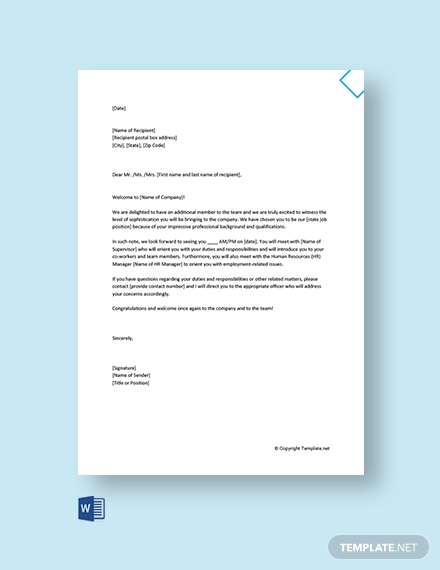
#Word of the day emailed professional#
Perhaps the most quintessential professional acronym, PS is from a Latin expression, “postscriptum.” It means “written after” or “ postscript.” It indicates that you added the message following it as an afterthought. In an email, you can easily signal such a change in subject by introducing a new thought with the letters OT.

If this article suddenly began talking about professional attire, you might wonder how this subject relates. If they have an urgent question, this acronym will let them know not to expect an immediate reply from you. When you are out of the office, you can let coworkers and others know by adding OOO to your auto-reply signature. If you send an email and you don’t need a response, you can use the acronym NRN which means “no reply necessary.” If not, people may think you expect an “OK” or “Thanks” as a reply.
#Word of the day emailed how to#
>Read More: Here’s How to Know the Difference Between Miss, Mrs., and Ms., and Mx. Use your discernment when addressing someone in a professional email. is used as a gender-neutral honorific for those who identify outside of the gender binary. identifies a person as a woman without revealing if they are married or single (as in the case of Mrs. Have you seen one of these titles introducing a woman’s name? Ms. If you want to share some helpful information, you can use the acronym FYI. For instance, you can leave the rest of the email blank if your subject line says, “Budget meeting at 11 am (EOM).” 5 4ĮOM means “end of message.” People often use this in the subject line to save readers the trouble of opening an email unnecessarily. For some, it might mean the end of a 24-hour day (i.e., midnight), but others might use it to refer to the closing time of a particular business. In that case, you would enter their email addresses in the field marked BCC, or “blind carbon copy.” 3ĮOD means “end of day.” You will have to find out how your employer uses this term. On certain occasions, you may prefer that everyone doesn’t see all of the recipients of a message.

CC stands for “carbon copy.” You use it when you want to send a message not only to the main addressee but also to other interested parties. 2īCC and CC are acronyms that you will see as options in your email program. However, weigh the pros and cons of using it. The letters in ASAP stand for “as soon as possible.” This acronym is useful when you want to assure others that you will complete an action in a timely manner.


 0 kommentar(er)
0 kommentar(er)
